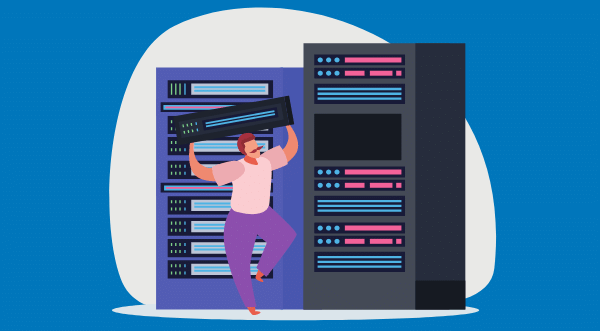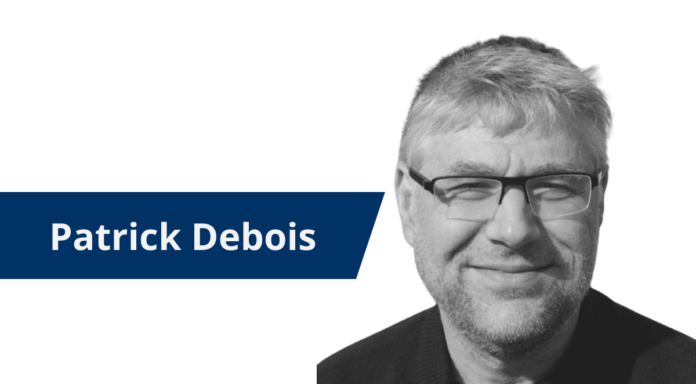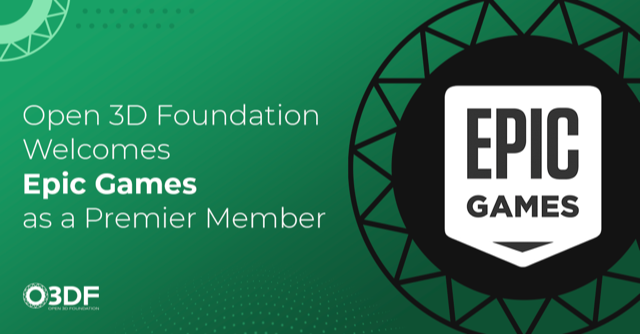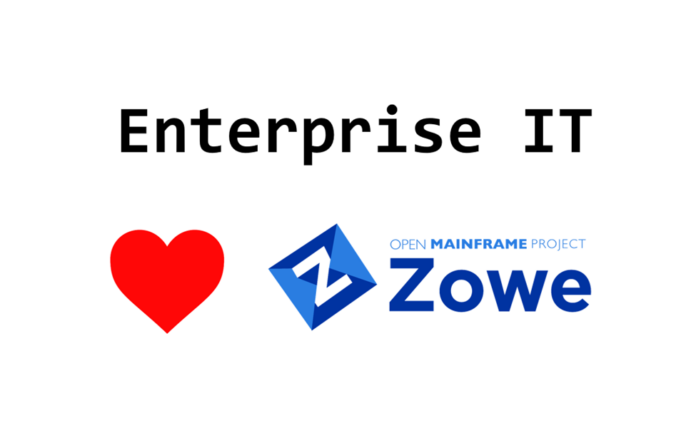From today, financial institutions, corporations, NGOs, regulators and academics can access the code behind OS-Climate’s tools to support climate-aligned financial decisionsDeveloped in collaboration with BNP Paribas, Allianz, Airbus, Amazon, Red Hat, Ortec Finance and The Linux FoundationSupports OS-Climate’s mission to provide the data and tools to enable the +$5 trillion annual climate-aligned investment required to meet the goals of the Paris AgreementLaunches collaboration in building a transparently governed, non-profit public utility of climate data and analytics
New York 20 July 2022 – Linux Foundation’s OS-Climate, the non-profit organization providing open source data and software tools to enable the global shift to climate-aligned finance and investing, has today released for public collaboration three analytic tools critical to tackling the climate crisis.
The three tools, Physical Risk & Resilience, Portfolio Alignment and Transition Analysis, were developed cooperatively by OS-Climate members, led by BNP Paribas, Allianz and Airbus respectively.
With today’s public release, OS-Climate’s tool development moves into an exciting new phase. Enabled by cloud services contributed by Amazon and Microsoft, the door opens to the global community of academic institutions, government agencies, modellers, and software developers for further powerful collaboration in building out the tools and Data Commons, a library of data and metadata suitable for use with OS-Climate’s toolset.
In addition to Airbus, Allianz, and BNP Paribas, OS-Climate’s financial services sector, technology sector, financial data and ‘real economy’ corporate members include, Amazon, BNY Mellon, EY, Federated Hermes, Goldman Sachs, London Stock Exchange Group, Microsoft, the UN-convened Net-Zero Asset Owner Alliance ($10.6 trillion asset under management), Ortec Finance, Red Hat, and S&P Global.
Truman Semans, CEO of OS-Climate, said: “These tools will generate the refined data and actionable insights needed for pension funds, asset managers, and banks to rapidly align their investments and loans to net zero and resilience goals. They can be used not only by the leading members within the Glasgow Financial Alliance for Net Zero (GFANZ) but the rest of the global financial community.”
The Linux Foundation’s community-led open source development approach, combined with strong, independent governance processes and methodological governance oversight, provides the transparency, trust, access and inclusion needed by all whose investment decisions impact climate change.
BNP Paribas leads the development of the Physical Risk & Resilience Tool that enables financial and non-financial stakeholders to identify and quantify risk related to climate resilience, through asset vulnerability models that use probability and severity forecasting of extreme climate events.
Allianz, with support from Ortec Finance, leads the development of the Climate Portfolio Alignment Tool, which helps financial stakeholders to align portfolios at individual holdings and loan levels with the Paris Accord target temperature increase of 1.5 degrees Celsius.
The Transitional Analysis Tool developed by Airbus will enable corporations to model, test and conduct scenario analysis for strategic climate-aligned decisions. This is the key to enabling the large-scale transition of real economy corporations toward Net Zero and resilience through climate-aligned investments in R&D, capital projects, other infrastructure and supply chains.
Commenting on its leading development role, Laurent David, Deputy Chief Operating Officer at BNP Paribas, said: “Robust and accessible data are essential to implement material climate policies and make sustainable finance credible. They are essential to allow financial institutions to set priorities, define objectives, and control their achievement. As a global financial institution, we can play a significant role in driving collaboration across the industry to help manage climate risk and increase investment in climate-aligned companies and projects. Through our collaboration with OS-Climate we can develop open source tools based on proper data far more rapidly than we could on our own. This will ultimately foster transparency and trust.
Günther Thallinger, Member of the Board of Management of Allianz SE said: “Allianz’s collaboration with OS-Climate reflects our commitment to support and embed climate-aligned investments and the critical transition to net-zero greenhouse gas emissions. We will continue to collaborate with a growing finance sector movement to harness the value of data that we as an industry will use to turn our commitments into real economy change.”
Robert Litterman, former chair of the Commodity Futures Trading Commission’s (CFTC) climate-related market risk subcommittee, said: “This platform could be a real game-changer. The Linux Foundation’s approach is uniquely able to build public goods that serve a wide range of public interests. This platform will accelerate innovation by commercial providers that can build on the ‘pre-competitive’ layers of data and technology OS-Climate is building. It also can help advance multiple goals of financial regulators for managing risk in the financial system, especially in terms of generating meaningful and comparable climate-related risk disclosures from corporations.”
Margaret Kuhlow, Finance Practice Leader, WWF International, said: “Dealing with the profound and compound crises of climate breakdown and nature loss means aligning global financial flows for a net-zero, nature-positive economy. This relies on securing good, decision-grade data, which is a challenge too large for any single institution or company to tackle alone. By supporting a systematic approach to the provision of high quality, open data on climate and nature risk, and integrating that with standard financial data, OS-Climate could help accelerate the development of robust data solutions that enable financial institutions, tech companies, and commercial data leaders to contribute to a fairer, greener, more resilient future.”
The tools will utilise the OS-Climate Data Commons, led by Red Hat, which will act as a public utility of corporate and other climate data and has enabled OS-Climate to significantly progress its technical roadmap announced at COP26. Development of the Data Commons, in collaboration with organizations including ClimateArc, will address the urgent need of the finance community for data that is transparent, consistent, and interoperable.
About OS-Climate
Linux Foundation’s OS-Climate is a breakthrough initiative creating a transparently governed public utility of open data and open source tools for climate-aligned finance investing, business, and regulation. OS-C uses the open collaboration approach that delivered rapid COVID vaccines, applying that to solve data gaps now blocking rapidly scalable transition of capital toward a resilient Net Zero economy.
Members contribute their data scientists, modellers, and software developers to cooperative projects building the OS-Climate Data Commons, a federated library of libraries of corporate and factor data, plus analytics tools to derive the actionable metrics crucial for asset allocation, portfolio construction, security analysis, credit analysis, corporate engagement, strategic planning and transition investment by corporates, and financial sector supervision. For more information visit OS-Climate.
Members and Community
OS-Climate’s asset owner, asset manager, bank, technology, financial data, and ‘real economy’ corporate members are Airbus, Allianz, Amazon, BNP Paribas, BNY Mellon, EY, Federated Hermes, Goldman Sachs, KPMG, London Stock Exchange Group, Microsoft, the UN-convened Net Zero Asset Owner Alliance ($10.6 trillion AUM), Ortec Finance, Red Hat, and S&P Global. NGO and academic Members include CPI, Open Climate Foundation, Polytechnique, and the World Benchmarking Alliance. Research NGOs sharing human capital and world-leading insights with OS-Climate include the World Resources Institute, RMI, and the London School of Economics through the Transition Pathways Initiative. Other data partners include Jupiter Intelligence, riskthinking.ai, and Urgentem.
About the Linux Foundation
Founded in 2000, the Linux Foundation and its projects are supported by more than 2,950 members. The Linux Foundation is the world’s leading home for collaboration on open source software, hardware, standards, and data. Linux Foundation projects are critical to the world’s infrastructure including Linux, Kubernetes, Node.js, ONAP, Hyperledger, RISC-V, and more. The Linux Foundation’s methodology focuses on leveraging best practices and addressing the needs of contributors, users, and solution providers to create sustainable models for open collaboration. For more information, please visit linuxfoundation.org.
Media Contacts
North America
Ali Saville
ali@deepgreenmedia.co.uk
Europe & Asia
Leela Lamont
leela@deepgreenmedia.co.uk
+44 (0) 7874 383829
The post OS-Climate unleashes power of open source to develop data and tools required to meet the Paris climate goals appeared first on Linux Foundation.






